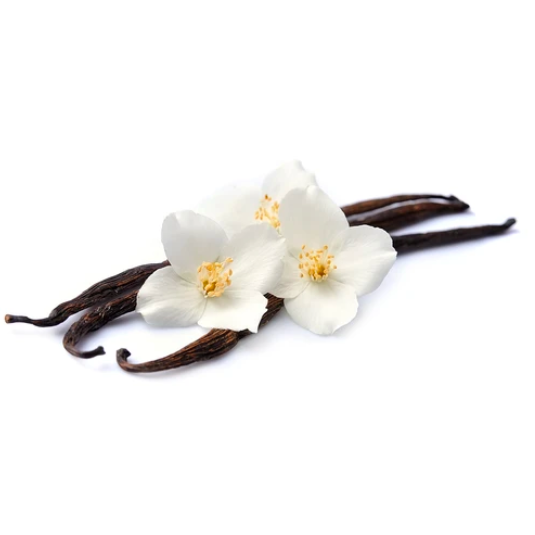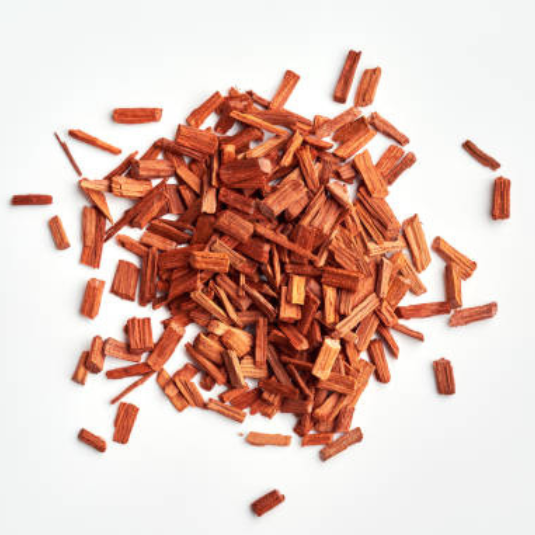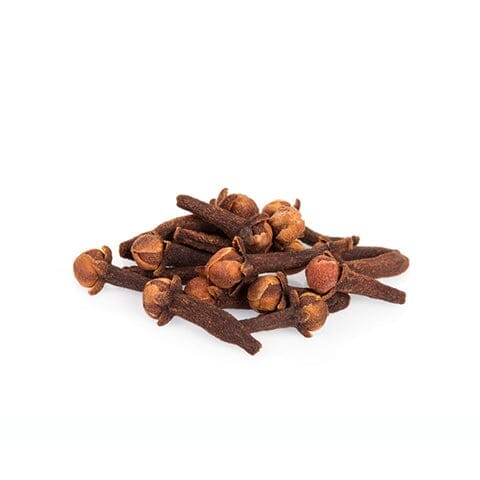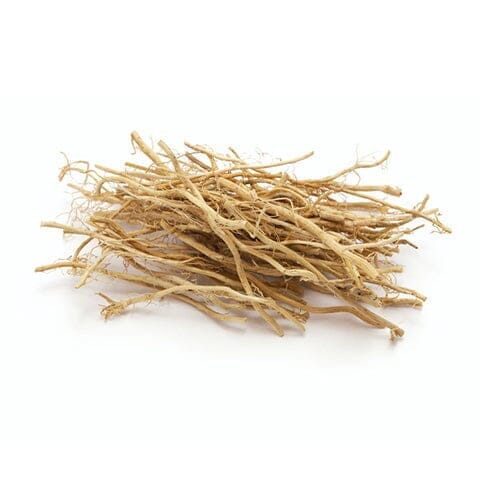Bon Parfumeur Licorice Perfumes
Discover licorice in perfumery, with our 501 eau de parfum ! Praline, licorice, patchouli… The scent of our first childhood pleasures! A top note heralding indulgence with fresh green hazelnut enhanced by citrus. Crispy, praline heart notes, counterbalanced by iris and retaining the dessert side. A coulis of musk and licorice in the base. A woody note of patchouli.
In the beginning…
Licorice (Glycyrrhiza glabra) is a medicinal plant that has been used for thousands of years for its many benefits. Its history has roots in ancient cultures, particularly in Egypt and Greece, where it was already known for its soothing and restorative properties. At that time, licorice was already used to combat sore throats, digestive disorders, and liver diseases.
Licorice root is distinguished by its sweet flavor and has earned it a prominent place in confectionery since the Middle Ages.
During the 20th century, its gourmand, aniseed, and spicy scent attracted the attention of perfumers, who attempted to incorporate it into their creations. Despite its natural presence, licorice is not easy to extract. Thus, it is reconstituted from natural and synthetic raw materials such as star anise essential oil, anethole, methylcyclopentenolone, etc.
What did you know about licorice in perfumery?
Licorice is a limited natural resource and does not meet the growing demand for this raw material in perfumery. Extracting the licorice aroma from the plant is a rare, if not nonexistent, process. Instead, preference will be given to creating accords or using anethole, a naturally occurring raw material with a strong aniseed scent, or star anise, with its aniseed and spicy scent.
Synthesizing molecules that mimic the smell of licorice not only preserves this resource, but also allows for a more consistent and controllable odor. Through chemistry, it is thus possible to recreate the olfactory profile of licorice in a more economical and sustainable way.
Licorice has a unique olfactory profile, combining sweet and mild notes with a hint of spice and wood. It possesses a certain depth and complexity that sets it apart from other gourmand scents. Compared to notes like vanilla or caramel, it combines woody, aromatic, and spicy facets with a touch of indulgence.
Licorice is said to belong to the aniseed olfactory family. However, due to its woody, gourmand, aromatic and spicy facets, its classification is interchangeable depending on the perfumer and the chosen criteria. This versatility makes licorice a very adaptable ingredient in the world of perfumery and can be combined with all kinds of raw materials.
Licorice offers a multitude of possible olfactory notes. It combines with many ingredients from various olfactory families: from floral notes to coffee or cocoa notes, extending their rich and rounded side. Citrus notes, such as lemon or orange, can add a welcome freshness to the sweetness of licorice. Spices, such as anise or clove, accentuate the spicy and aromatic side of licorice and strengthen its character. In addition, licorice blends well with woody notes such as cedar or sandalwood, bringing sophistication and depth to the accord. In the base, licorice blends harmoniously with oriental notes such as amber, vanilla, or musk, adding a warm and enveloping touch to the composition.
It is this uniqueness that makes the licorice accord an accord of choice for perfumers. Used sparingly, it can bring a touch of originality and sophistication to a perfume composition.
The legendary liquorice flavors...
Some eaux de parfum and eaux de toilette are composed around a licorice accord:
• Lolita Lempicka Eau de Parfum by Lolita Lempicka : This is one of the first to feature this accord, which gives the fragrance its unique and original character! The boldness of licorice combined with violet offers a unique opening, quickly enhanced by a heart of iris that brings a floral and powdery depth. The base is dominated by the sweet warmth of vanilla, providing a soft and persistent trail that combines perfectly with the licorice and prolongs the latter's gourmand character. Lolita Lempicka is often described as a magical and captivating fragrance.
• Black Opium Nuit Blanche by Yves Saint Laurent : Nuit Blanche is a modern interpretation of the Black Opium eau de parfum, with a gourmand and energetic touch. The coffee note combined with orange blossom, two pillars of Black Opium, are spiced up here with aniseed notes, giving them a licorice effect, while white flowers bring a refined sweetness.
• Réglisse Noire by 1000 Flowers : Réglisse Noire is a bold women's and men's fragrance that features licorice. Top notes of mint and lemon bring freshness, while anise adds a spicy and aromatic touch; it also helps introduce the licorice. Licorice dominates the heart while being the main base note of the fragrance, offering a characterful, slightly woody scent that is both refreshing and comforting.
• Guerlain Anisia Bella Eau de Toilette: Anisia Bella is a unisex fragrance from Guerlain's Aqua Allegoria collection, featuring licorice and anise. These two spicy notes are softened by delicate floral and musky base notes. The result is a sophisticated and soft scent with a subtle depth that evolves over time on the skin.
• Hermès Brin de Réglisse Eau de Toilette: Hermès offers Hermessence in its Private Collection. This unisex eau de toilette belongs to the aromatic amber olfactory family and combines licorice with a heart of lavender. It thus offers a spicy, aromatic bouquet.












